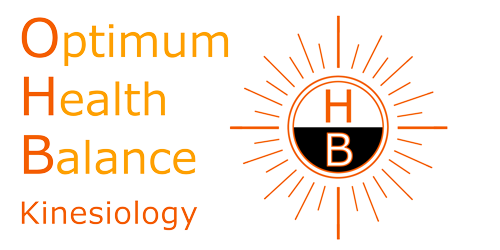Anatomy and Physiology: a Holistic Approach
Facilitator: Susanne Lakin
Date: 31st Aug- 1st Sept 2024 (further 2 weekends TBA)
Venue: Woodland View, Dixon Road, North Walsham, Norfolk NR28 9E
Cost: Total £600 for 6 days
Course Overview
3x two day modules (45 hours contact time i.e. the equivalent of 6 days, 45 hours home study)
Venue: Woodland View, Dixon Road, North Walsham, Norfolk NR28 9EA.
Fee: £100 each day i.e. £600 in total (includes assessment)
Facilitator: Susanne Lakin DC KFRP PhD (OHB practitioner and trainer, McTimoney therapist, Personal Construct Psychologist) susannelakin@hotmail.com Tel 01692 407555
The course is designed for complementary therapists and is recognised by the Kinesiology Federation as fulfilling core requirements. It is worth 3 credits
The emphasis throughout the course is a consideration of anatomy and physiology from a holistic perspective. Common problems are therefore discussed in terms of their associated emotional, mental and spiritual imbalances as well as from a physical perspective. The course also introduces simple balances and other practical activities and suggests approaches which clients can use to help themselves.
One evening during the course there will be an opportunity to learn the Optimum Health Balance Mini course for anyone interested. This introduces the use of vibrational icons for opening up the energetic patterns in the body involved with the imbalances and the use of the Daily Balance Card for restoring balance. Qualified kinesiologists have found this to be a very useful tool which they have included in their menu. The course includes a set of the cards containing the icons, the ‘menu’ for their use and an explanatory booklet (costs £60).
Learning objectives of the A and P course:
An appreciation of the Holistic Model of Health and the Meaning of Illness.
A knowledge and understanding of the basic physical and psychological building blocks of the body and the structure and function of the body parts, organs and systems.
An awareness of common problems and diseases and their associated imbalances on physical, nutritional, environmental, emotional/mental and spiritual levels.
A knowledge and experience of practical approaches and techniques for participants and their clients to use to help themselves.
Course assessment
Personal log reflecting on learning and experiences 30%
Home study (questions, activities and preparatory work) 30%
Final written assessment 40%
Participants will need an Anatomy and Physiology book to support the course e.g.
Susanne Lakin: Anatomy and Physiology: a Holistic Approach (amplifies the approach of the course)
and, for example, one of the following:
Dorling Kindersley: Human Body (excellent diagrams, basic text)
Ross & Wilson: Anatomy and Physiology in Health and Illness (a very comprehensive text)
H. McGuinness: Anatomy & Physiology (clear, simple overview)

